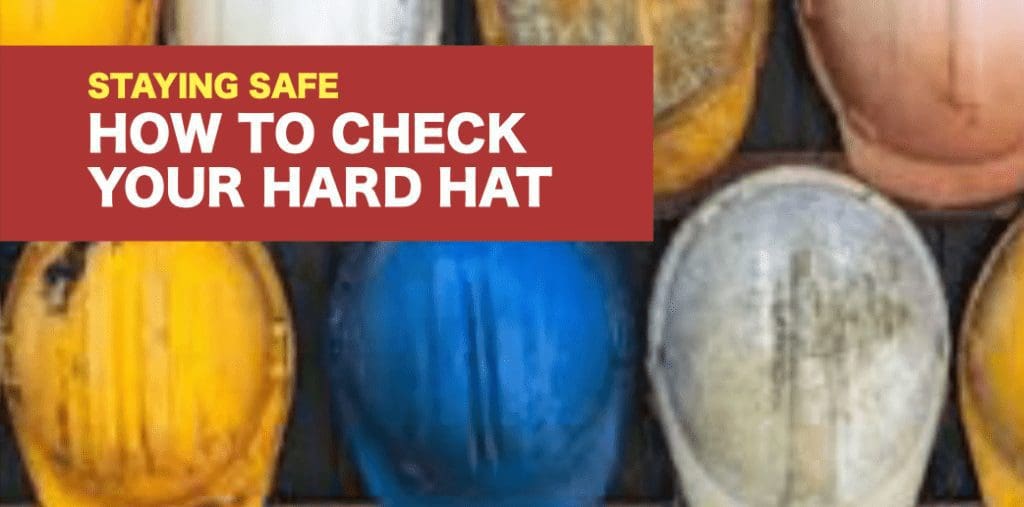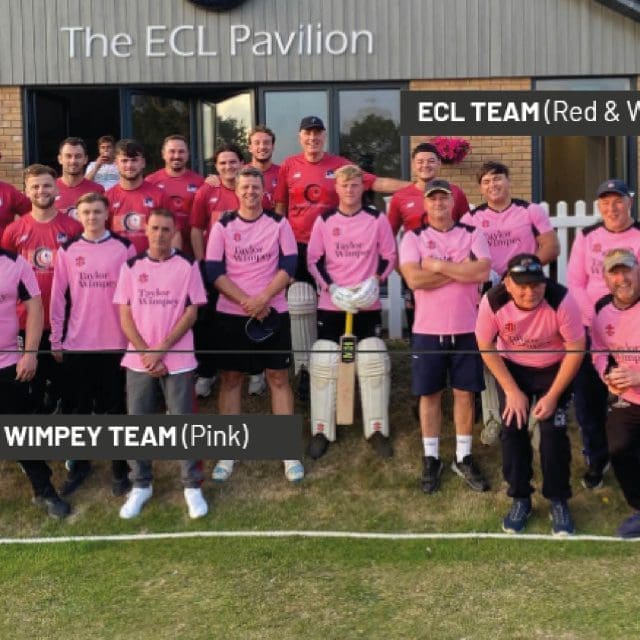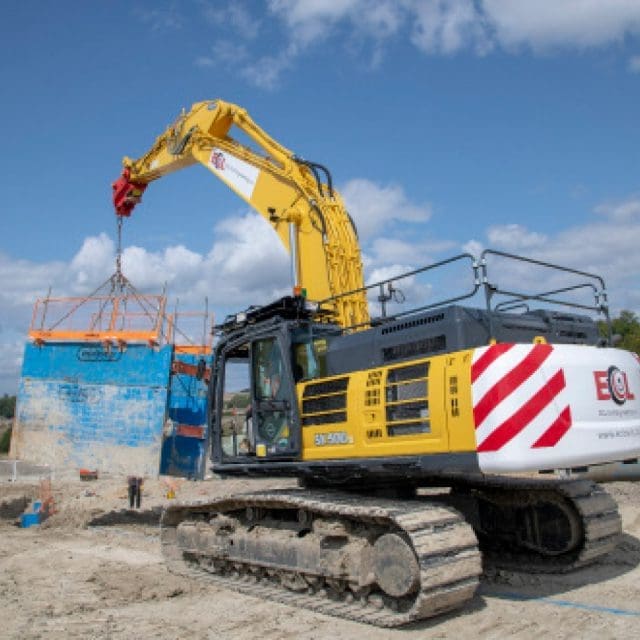How to check your hard hat?
HOW TO CHECK YOUR HARD HAT IS FIT FOR PURPOSE?
Hard hats are an essential part of your PPE (Personal Protective Equipment) and should be inspected daily to keep them as effective as possible.
Here, we have put together a simple guide to help you make sure that yours stays in top condition.
9 EASY STEPS TO INSPECT YOUR HARD HAT AND MAKE SURE YOUR HEAD IS PROTECTED
Our Accident Campaign is here to ensure everyone at ECL adopts and practices our health and safety procedures and stays safe.
Checking your hard hat is fit for purpose before going onto a construction site is crucial. Here are 9 easy steps that take no time at all and could save you from getting injured at work.
Keep your hat stored safely.
Store your hat somewhere safe at home at room temperature.
Extreme conditions such as cold temperatures, harsh chemicals or high levels of sunlight can jeopardise the structure of your hat.
Check your hat’s Authenticity.
To ensure that you have an authentic piece of hardware, check that your hat has a serial number and CE mark.
The label inside the hat will give you the manufacturer’s recommendations and information on how long you should ideally keep hold of your hat before replacing it.
Inspect its shell.
Inspect the shell of the hat both inside and out – but don’t remove any inner lining to do so.
Check for cracks, burns or general wear, and if any of these are present, remove it from service straightaway.
Check the liner.
Checking the liner is a very simple, yet very important factor in hard hat inspection. You should look for things like cracks, marks, and missing parts. You can remove the comfort pads to get a better look at potential damage, but you should not remove the liner attached to the shell.
Inspect the webbing (or cradle).
In this step, you will want to check the hard hat’s “cradle,” or webbing. Look for major signs of wear, cuts, burns, or the deformation of plastic pieces within the hard hat. If you notice any of these, remove the hard hat from service.
Examine the headband.
Don’t forget to examine the headband as well as all headband attachments. Keep an eye out for extreme signs of wear, deformation, and missing pieces. If it is necessary, remove the foam or comfort pads for a better look.
Make sure the adjustment system works.
Now you should check the adjustment system. When examining the adjustment system, you need to make sure it is functioning properly. This would mean that the crank moves in both directions smoothly, and the device is not missing any pieces.
Check the chin strap.
Check the chin strap to make sure all the pieces are there and that they lock properly. You can check this by clipping the clasps together then lightly pulling to make sure they do not pull apart. You will also need to make sure all the straps are free from wear and damage and that the plastic clasps don’t have any breaks or cracks. If damage is present, it is unusable.
Inspect the comfort foam.
If the foam is damaged, it should be replaced. But if the material is just dirty (or crusty), it might just need a wash.
Remember to inspect your hard hat every single day before you start work. It is essential for your safety at work. It only takes a second for an accident to happen, which could potentially be fatal, and a hard hat is a solid line of defence if an incident does occur.
If you have any concerns about the condition of your hat, make sure you speak to your Manager or Site Supervisor.
Your head will thank you for it.
9 EASY STEPS TO INSPECT YOUR HARD HAT AND MAKE SURE YOUR HEAD IS PROTECTED
Keep your hat stored safely
Check your hats Authenticity
Inspect its shell
Check the liner
Inspect the webbing (or cradle)
Examine the headband
Make sure the adjustment system works
Check the chin strap
Inspect the comfort foam
STAY SAFE WITH ECL
Construction sites are constantly changing highly hazardous and potentially risk-riddled environments. Here at ECL, we recognise that we must continually educate our people to ensure they remain safe at all times.
Our Accident Prevention Campaign is ongoing to maintain a top-down buy-in mentality firmly in place so that all adopt and practice our health and safety procedures.
We are dedicated to safeguarding our team and the communities we serve.
To learn more about our accident & death prevention initiatives, check out the links below.



